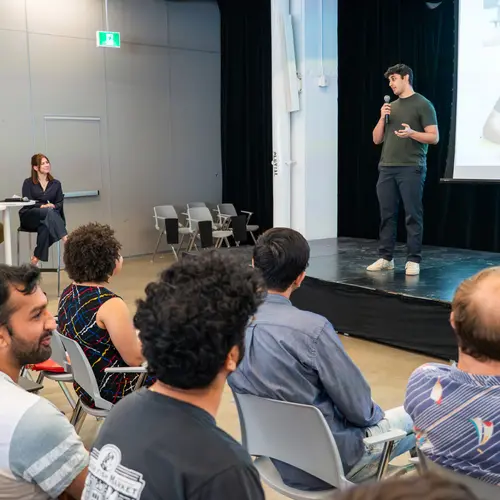
Golnoosh Farnadi
Biographie
Golnoosh Farnadi est professeure associée à l'École d'informatique de l'Université McGill et professeure associée à l'Université de Montréal. Elle est membre académique principal à Mila - Institut québécois d'intelligence artificielle et est titulaire d'une chaire CIFAR d'intelligence artificielle au Canada.
Mme Farnadi a fondé le laboratoire EQUAL à Mila / Université McGill, dont elle est l'une des principales chercheuses. Le laboratoire EQUAL (EQuity & EQuality Using AI and Learning algorithms) est un laboratoire de recherche de pointe dédié à l'avancement des domaines de l'équité algorithmique et de l'IA responsable.


